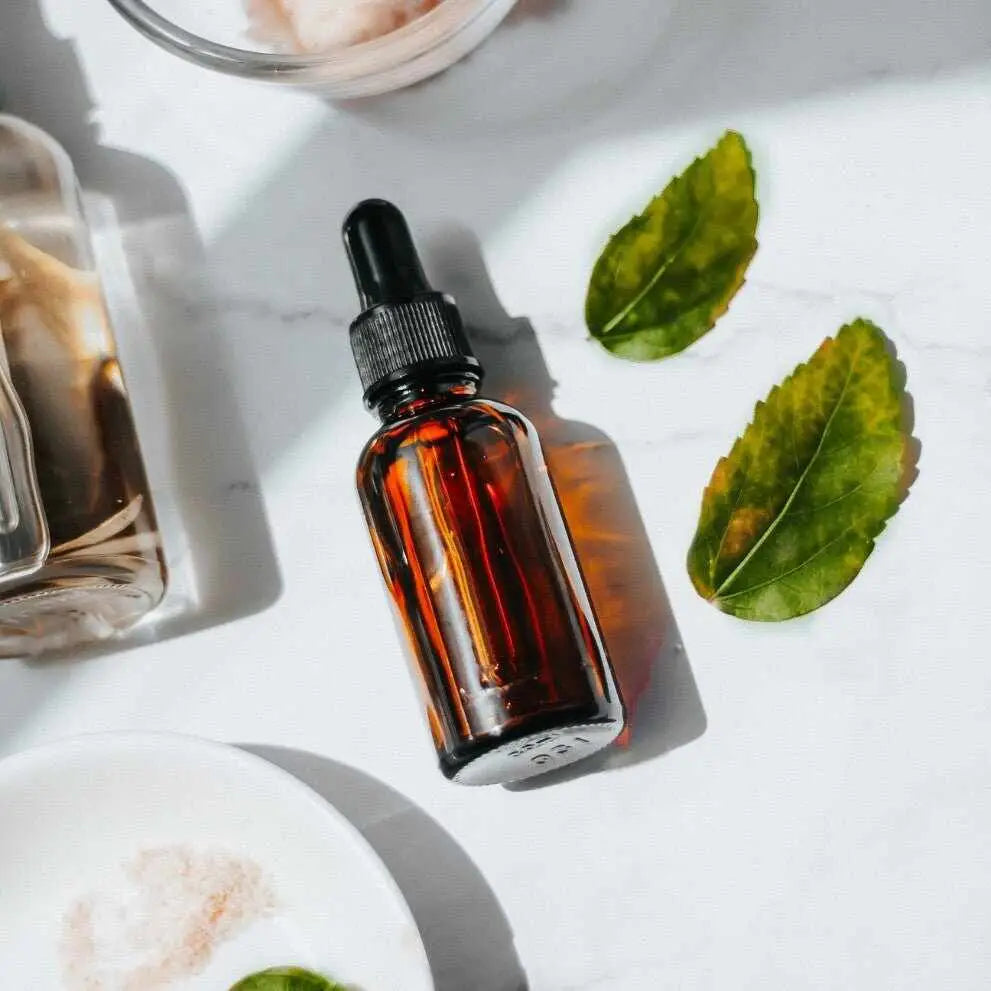Comedogenic is a term we often read, but what does it mean? And what are the ingredients classified as comedogenic? Who should pay attention to them?
Comedogenic: the meaning
Comedogenic ingredients are all those ingredients that cause or facilitate comedogenesis on the skin, or the appearance of blackheads.
Comedogenesis
Comedogenesis , which literally means the birth of comedones (blackheads), is a process in our body and is closely related to sebaceous hyperplasia, or the excess of sebocytes, the cells that form the sebaceous glands.
The latter are present almost all over the body but are particularly concentrated on the face and in the T-zone - chin, nose, forehead.
Their job is to produce sebum that lubricates our skin and protects it by forming a barrier.
Sebum mixes with pollution, dust, environmental dirt, dead skin cells then begins the process that leads to the formation of blackheads.
It is not a fast inflammation process, like acne, it is a slow process that lasts several days.
Comedogenesis can have several linked causes , some have internal origins, for example hormonal activity and genetic predisposition, or have external origins and one of these is linked to cosmetics.
Fatty acids , substances that mainly compose oils , enter the follicular duct and block it, preventing the sebum from exiting easily, which then accumulates and forms blackheads.
Comedogenic ingredients
When we talk about comedogenic ingredients we are referring to fatty acids, oils and waxes that create a film on our skin and that are likely to create blackheads by triggering the process of comedogenesis.
It should be noted, however, that the start of the process depends mainly on your skin type and the interaction with a particular ingredient, so you should try and also take into account the season, hot or cold.
When it is hot, the skin produces more sebum and needs less external help, unlike when temperatures are lower: if it is hot, the skin produces more sebum, when it is cold, however, less because the cold dries out and the skin needs more protection.
Is an oil always comedogenic?
Vegetable oils, except jojoba, are made up of more than 95% fatty acids but with different molecular weights.
The molecular weight determines the melting point and therefore the liquid or solid state at room temperature.
All fluid oils such as almond, olive, linseed, rosehip, argan are potentially non-comedogenic.
Furthermore, if some oils are applied individually and can lead to the formation of blackheads in a given period, it is not certain that if inserted in the formulation of the cosmetic they will lead to the same consequence.
But then what are comedogenic ingredients?
As we were saying, there are potentially comedogenic ingredients and ingredients that are almost certainly considered comedogenic.
All vegetable oils have a comedogenic potential but not significant, and the possible comedogenesis depends most of the time on the type of skin, climatic conditions and the quantities applied.
Synthetic ingredients, on the other hand, are completely occlusive for pores and are very likely to generate blackheads and imperfections. We are talking about paraffins, petrolatums, silicones and mineral oils:
- Liquid paraffin
- Petrolatum
- Mineral oil
- Microcrystalline wax
- Heavy silicones
These comedogenic ingredients are contained in large quantities in conventional cosmetics.
If your skin is prone to blackheads and other imperfections, choose suitable products like those we recommend in our skincare routine for oily skin.








